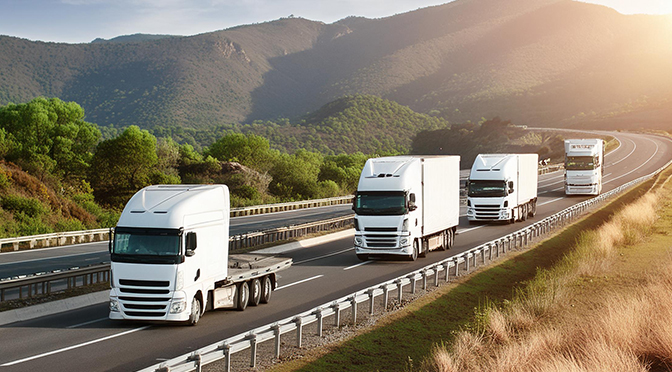Riding The Cloud – The Future Of Transportation Management System
Get In Touch
Your information is protected by our Privacy Policy and Terms of Use.
Our Offices
E 237, First Floor, Phase VIII B Sector-74,
Industrial Area, Mohali-160071, Punjab
Phone: +(91) 93010-10197
6470 East Johns Crossing, Suite 160
Johns Creek, GA 30097
531A, Upper Cross Street, #04-95,
Hong Lim Complex, Singapore - 051531
- Solutions For
- Solutions
- Services & Expertise
- Case Studies
- Insights
-
Get In Touch
Get In Touch
Your information is protected by our Privacy Policy and Terms of Use.
Our Offices
Zapbuild Technologies Private LimitedIndia
E 237, First Floor, Phase VIII B Sector-74,
Industrial Area, Mohali-160071, Punjab
Phone: +(91) 93010-10197Zapbuild Technologies (US) LLC United States
United States
6470 East Johns Crossing, Suite 160
Johns Creek, GA 30097
Zapbuild Technologies (S) PTE LTDSingapore
531A, Upper Cross Street, #04-95,
Hong Lim Complex, Singapore - 051531
- Learning Management System
- Command and Control Center
- Transportation Management
- Warehouse Management
- Fleet Management
- Supply Chain Management
- Document Contracts Management
- Load Board Platform
- Route Optimization
- Electronic Proof Of Delivery
- Freight Exchange Platforms
- Customer Relationship Management
- Data Analytics and Business Intelligence
- Logistics Aggregator
- Crowdshipping Marketplaces
- Reverse Logistics Marketplace
Hyperconnected T&L Ecosystems: The Future of Transportation and Logistics
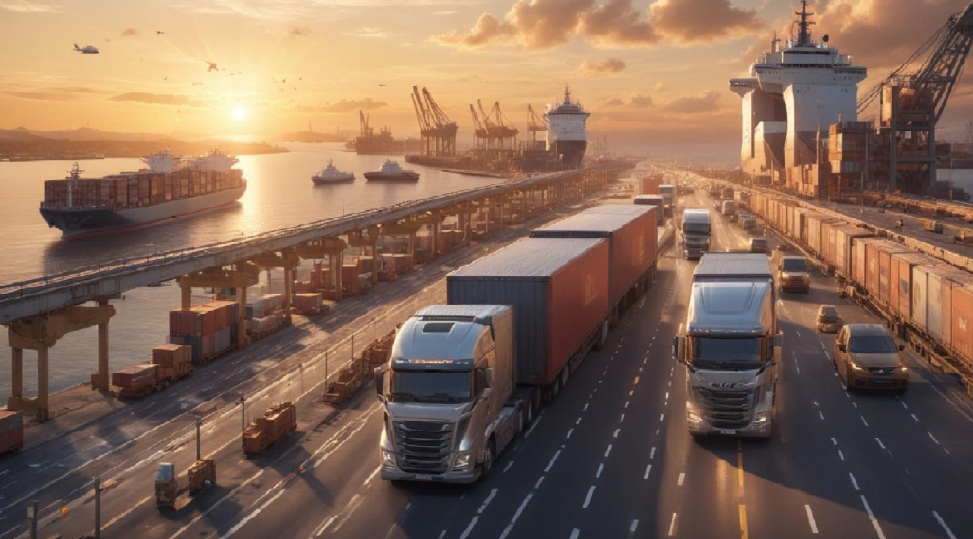
Hyperconnected ecosystems and quick technological advancements are causing a lot of change in the transportation and logistics (T&L) sector.
Today’s fast-paced, complex organizations need a hyperconnected environment to support growth, encourage innovation, increase productivity, and strengthen resilience.
This article looks at how hyperconnected ecosystems may revolutionize business and how they will shape and propel T&L enterprises into the future.
The Automation Prelude
You’ve witnessed how automation has changed the logistics and transportation sector. Cutting-edge logistics systems and software with ease now execute processes that once required human intervention.
Automation has undoubtedly improved productivity and decreased expenses in various fields, including route optimization, data insights, fleet management, and warehouse operations.
However, the T&L industry is currently at a turning point, preparing for a paradigm shift that goes beyond automation.
Embracing Hyperconnectivity
Picture this: a seamlessly interconnected web in which every element of the T&L process is intertwined and communicates seamlessly to create a symphony of logistics.
This is the essence of a highly interconnected ecosystem.
As a player in the T&L arena, embracing hyperconnectivity entails moving beyond isolated automated processes and capitalizing on the power of connected systems.
Visibility and Collaboration: The Cornerstones of Transformation
Indeed, as you’ve moved through the T&L ecosystem, you’ve encountered problems with visibility and teamwork. Hyperconnected ecosystems tackle these problems seamlessly.
Imagine a situation where your supply chain is a network of interconnected nodes contributing to collective intelligence rather than a linear path.
Having visibility in real-time is revolutionary. Logistics systems with high connectivity offer never-before-seen insights into every facet of your business. You are ready to anticipate problems, act swiftly, and make well-informed decisions about everything from shipment status to warehouse conditions.
In the hyperconnected world of today, teamwork is paramount. As information moves easily between distributors, transporters, and suppliers, siloed methods become outdated.
The result? A well-synchronized supply chain in which all parties easily cooperate to maximize efficiency and reduce interruptions.
Predictive Analytics: Anticipating Tomorrow’s Challenges Today
Weather disruptions, geopolitical crises, and unexpected demand surges are all reasons for uncertainty in the T&L industry. Hyperconnected ecosystems offer predictive analytics, which act as a crystal ball in the logistics industry.
Predictive analytics enables you to anticipate problems before they emerge by combining data from multiple sources across the ecosystem.
You are no longer reacting to events but actively directing outcomes, such as changing routes to minimize potential disruptions or optimizing inventory levels based on predicted demand.
Customer-Centric Logistics: The New Norm
In today’s hyperconnected T&L world, the consumer takes center stage. The continuous flow of information enables you to give real-time updates to customers, improving their experience and fostering trust.
From precise delivery estimates to individualized communication, the hyperconnected strategy elevates logistics from a backend operation to a customer-centric journey.
Imagine a future where customers can follow the status of their shipments in real time. No more waiting in the dark, wondering when a package would arrive. Hyperconnectivity stresses transparency, allowing you to surpass customer expectations and set your company apart in a competitive market.
The Role of IoT and Edge Computing
Hyperconnected ecosystems require the Internet of Things (IoT) and edge computing. These technologies enable real-time data collecting and processing at the source, serving as the nervous system of the T&L business.
IoT devices produce a constant flow of data; examples include GPS trackers for cars and smart sensors in warehouses. After then, this data is handled at the edge, enabling quick decision-making. An ecosystem that is more responsive, dynamic, and efficient in the end has fewer delays.
Overcoming Challenges: Security and Integration
Dealing with the challenges that come with hyperconnectivity is critical as you embark on this journey. Security is essential in a world where data moves freely between networked systems.
To protect sensitive data, effective cybersecurity measures like access controls and encryption are required. Overcoming integration presents an additional hurdle. All of the components of your T&L ecosystem must work together seamlessly and be interoperable.
Invest in flexible, interoperable technologies and use standardized protocols to build a cohesive and strong hyperconnected infrastructure.
The Road Ahead: Hyperconnected T&L Ecosystems in Action
Considerations for moving toward a hyperconnected T&L ecosystem should be guided by real-world examples of organizations that have benefited from this disruptive strategy.
One example is a multinational logistics company that optimized its last-mile delivery operations by utilizing hyperconnectivity.
By integrating IoT sensors on delivery vans, real-time location data was gathered and analyzed at the edge, enabling dynamic route modifications based on traffic circumstances. As a result, delivery times were significantly shortened, and resources were used more effectively, reducing costs.
Another success story involves a T&L provider that integrated predictive analytics into its hyperconnected environment. Through the examination of past data, meteorological trends, and industry patterns, the business was able to predict changes in demand and modify inventory levels appropriately. By reducing stockouts and maximizing warehouse space, this proactive strategy improves operational effectiveness.
Final Thoughts: Transforming Today for a Hyperconnected Tomorrow
Being a part of the ever-changing T&L business, there are opportunities and challenges in the path towards a hyperconnected ecosystem. Hyperconnectivity offers a future where your company is efficient and anticipates and adjusts to the constantly shifting logistical scene, going beyond automation.
Not only are you directing the T&L process, but you’re also changing it with predictive analytics, fostering collaboration, and embracing real-time visibility. This shift is accelerated by the combination of edge computing and IoT, which gives rise to a logistics ecosystem that is responsive and focused on the needs of the consumer.
Remember that the path to hyperconnectivity demands careful planning, a dedication to cybersecurity, and a readiness to adapt as you traverse this drastically changing environment. The T&L companies that adopt this paradigm change now will be the leaders of tomorrow, establishing the norm for a new phase of logistics.
In the hyperconnected T&L ecosystem, the journey is as important as the destination. As you embrace the interconnected future, prepare to change the way you transfer things from point A to point B.
Are you prepared to plan the logistics of the future? The hyperconnected T&L ecosystem is waiting for you. Let us know how we can help you.
- Compliance & Regulation
- DOOH (Digital Out-of-Home)
- E-Learning & Training Management
- Featured Blogs
- Fleet Management
- Latest Insights
- Logistics
- Supply Chain
- Transportation
- Trending
- Warehouse Management

Looking to build future-ready technology solutions for your transportation or logistics business? Connect with our experts for a free consultation today connect@zapbuild.com
Categories
Trending


5 Ways AI is Revolutionizing Supply Chain Management
Subscribe to our newsletter
Related Insights
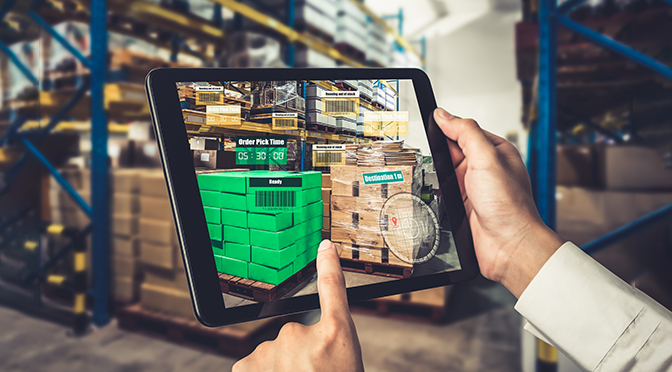
Logistics
From Paper Trails to Real-Time Insights: How Data-Driven Logistics is Transforming the Industry

Logistics
Predictive Intelligence for Optimized Logistics: From Reactive to Proactive Decision-Making
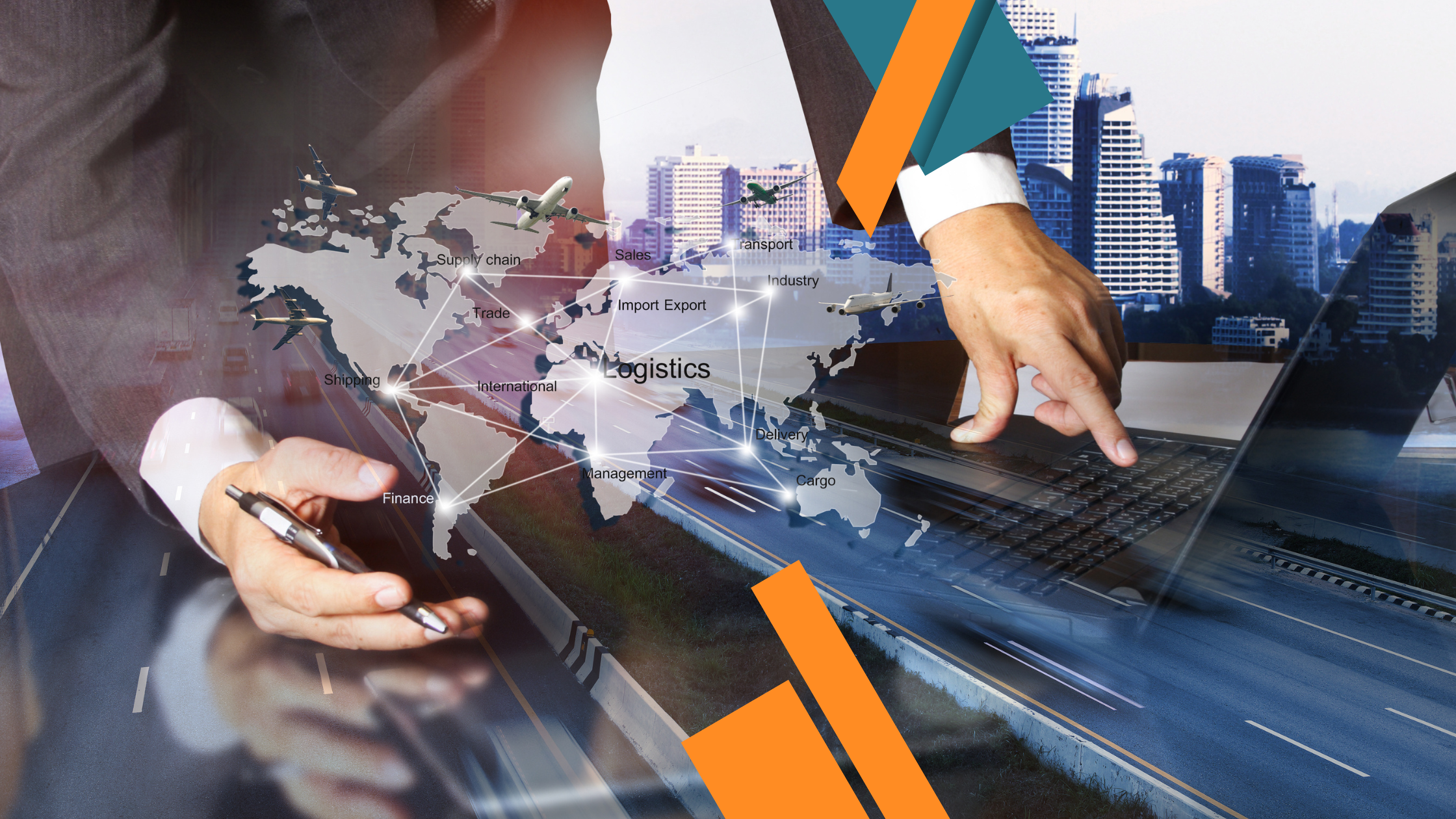
Logistics
5 Key Reasons You Should Invest in a Logistics Management System
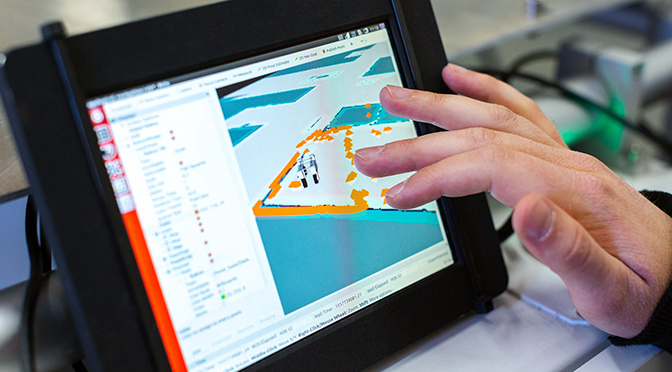
Logistics
Logistics Management Software : Important Things You Should Know
Connect with Our Experts
Take the first step toward the digital transformation of your Transportation and Logistics business.
Get a Free Consultation with Zapbuild’s technology experts today.
